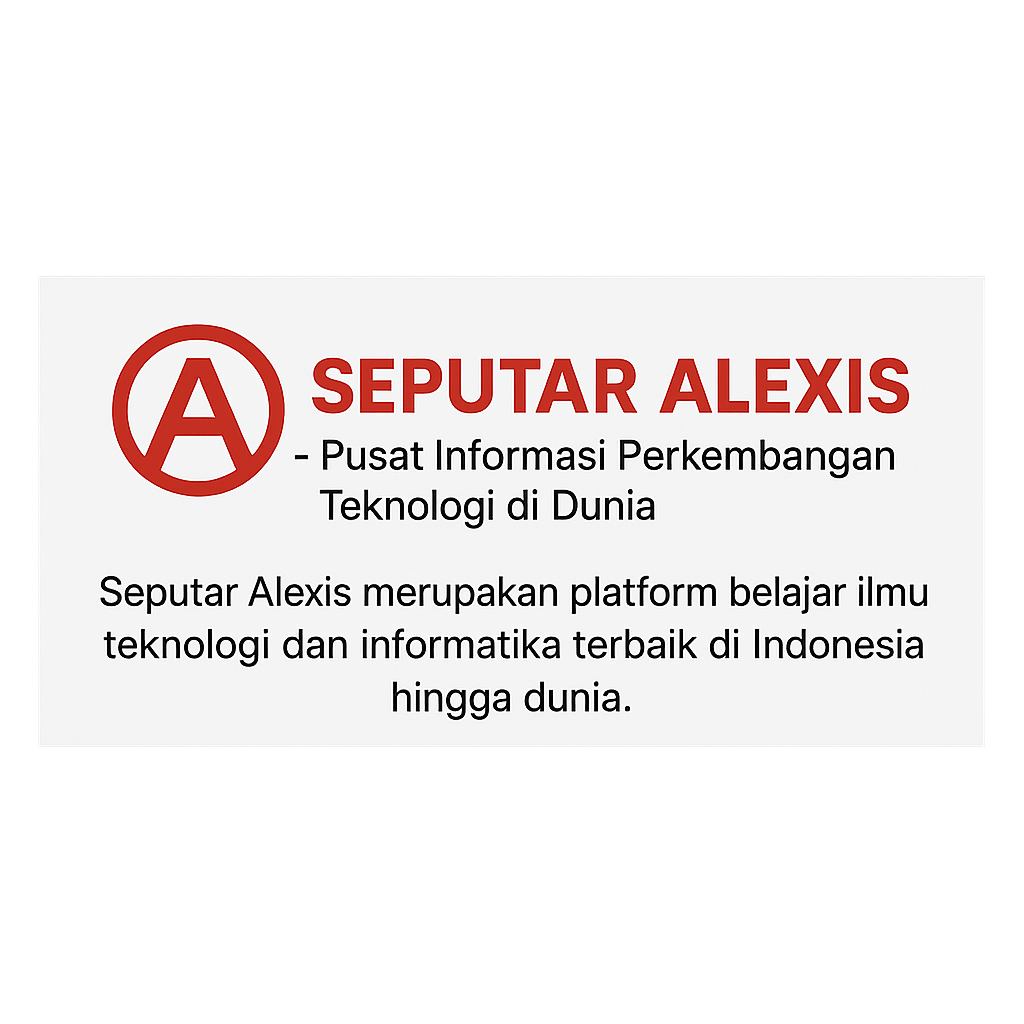Streamlining Payroll Processes: A Comprehensive Guide

Payroll Processes
Key Takeaways
- Understand the significance of efficient payroll management for businesses of all sizes.
- Identify common payroll challenges and practical solutions to overcome them.
- Explore technological tools and resources that simplify payroll processing.
Introduction to Payroll Management
Payroll management is a critical function of any business, ensuring that employees are remunerated accurately and on time. Effective payroll management goes beyond just issuing paychecks; it involves tax filings, compliance, and meticulous record-keeping. A well-managed payroll system can save businesses substantial time, significantly reduce errors, and enhance overall employee satisfaction. A lot of businesses are relying on online payroll services to streamline these processes. These services provide a variety of tools designed to automate and simplify payroll tasks, helping businesses maintain efficiency and stay compliant with regulations.
These services provide a variety of tools designed to automate and simplify payroll tasks, helping businesses, including those handling self-employed accounting, maintain efficiency and stay compliant with regulations.
Online payroll services often come with features such as automatic tax calculations, direct deposit, and detailed reporting capabilities. These features not only alleviate the administrative burden but also reduce the risk of human error and ensure timely tax payments. Additionally, many of these services offer integration with other business systems like accounting software, which further enhances accuracy and efficiency. As a result, companies won’t have to spend as much time managing payroll details and can concentrate more on their main business operations. By leveraging modern payroll solutions, companies can improve their operational efficiency, boost employee morale, and foster a more productive work environment.
Common Challenges in Payroll Processing
Despite its fundamental importance, payroll processing can be fraught with challenges. Some of the most common issues include:
- Compliance: It might be difficult to stay up to date with constantly changing labor laws and tax legislation. Serious fines and harm to the company’s reputation may arise from breaking these requirements.
- Accuracy: Errors in payroll processing can lead to employee dissatisfaction and potential legal issues. Incorrectly calculated wages or missed deductions can leave employees feeling undervalued and erode trust in the company.
- Time Management: Manually managing payroll is time-consuming and can detract from other critical business operations. This inefficiency can result in significant lost productivity and missed opportunities for business growth.
According to SHRM, businesses face continuous challenges in keeping up with regulatory changes, making reliable payroll processes essential for success.
Moreover, the integration of payroll systems with other business functions, such as HR and accounting, often presents additional hurdles. Misalignment between these systems can lead to discrepancies and inefficiencies. Ensuring seamless data flow and real-time updates between departments is crucial for maintaining accuracy and operational cohesion. By addressing these challenges proactively, businesses can better manage their payroll and support overall organizational success.
Technological Innovations in Payroll
The advent of technology has revolutionized payroll processing, offering numerous advantages that simplify and enhance the payroll experience. Automation and software solutions can handle complex calculations, automate tax filings, and maintain compliance effortlessly. Tools such as cloud-based payroll software provide real-time insights, scalability for growing businesses, and enhanced data security.
For instance, an article on Forbes highlights how technology is not only easing payroll processing but also offering robust data analytics capabilities. These analytics can provide valuable insights into workforce trends, helping businesses make informed decisions.
Best Practices for Efficient Payroll Management
To ensure efficient payroll management, consider implementing these best practices:
- Regular Audits: Conduct frequent audits to catch and correct errors promptly. Businesses may assure accuracy and compliance and lower the risk of costly errors by routinely examining payroll data.
- Staff Training: Invest in ongoing training so your payroll staff can stay updated with the latest regulations and technologies. Well-trained staff are better equipped to manage complexities and ensure the smooth operation of payroll processes.
- Integrate Systems: Integrate your payroll system with other business tools for seamless data flow and management. Integration helps eliminate data silos, ensuring that information is consistent and readily available across different systems.
- Automate Processes: Leverage payroll software to automate repetitive tasks and reduce manual errors. Automation can handle time tracking, tax calculations, and direct deposits, freeing up HR professionals to focus on more strategic tasks.
By adhering to these best practices—conducting regular audits, investing in staff training, integrating systems, automating processes, monitoring compliance, and engaging employees—businesses can streamline their payroll management effectively. These steps not only enhance accuracy and efficiency but also foster a positive work environment and support long-term organizational success.
Case Studies: Successful Payroll Implementations
Successful payroll management is exemplified through various case studies that highlight the impact of efficient systems. For instance, a medium-sized company implemented a cloud-based payroll solution and saw a 30% reduction in processing time and a significant decrease in compliance-related errors.
Similarly, a small business automated its payroll processes and noticed improved employee satisfaction due to timely and accurate payments. The HR department also benefited from better time management, as fewer resources were required to handle payroll-related inquiries and discrepancies.
Conclusion and Future Trends
In conclusion, streamlining payroll processes is essential for business efficiency and employee satisfaction. By addressing common challenges and leveraging technological advancements, businesses can ensure compliance, accuracy, and timely payroll processing. Staying abreast of future trends, such as AI-driven payroll analytics and blockchain for enhanced security, will further help in optimizing payroll functions moving forward.
Organizations can also benefit from routinely evaluating payroll policies and investing in continuous training for payroll staff to assist them in adjusting to changing regulations and industry best practices. Adopting these innovations and continuing to be proactive will reduce possible setbacks and improve the overall efficiency of operations. As payroll technology evolves, businesses that stay ahead of these trends will likely experience improved financial management, reduced administrative overhead, and stronger employee trust. In the end, a strong and innovative payroll plan may help create a more adaptable and resilient company, setting them up for long-term success in a market that is becoming more and more competitive.
Read More: Event-Driven Process Orchestration: A Practitioner’s Viewpoint









